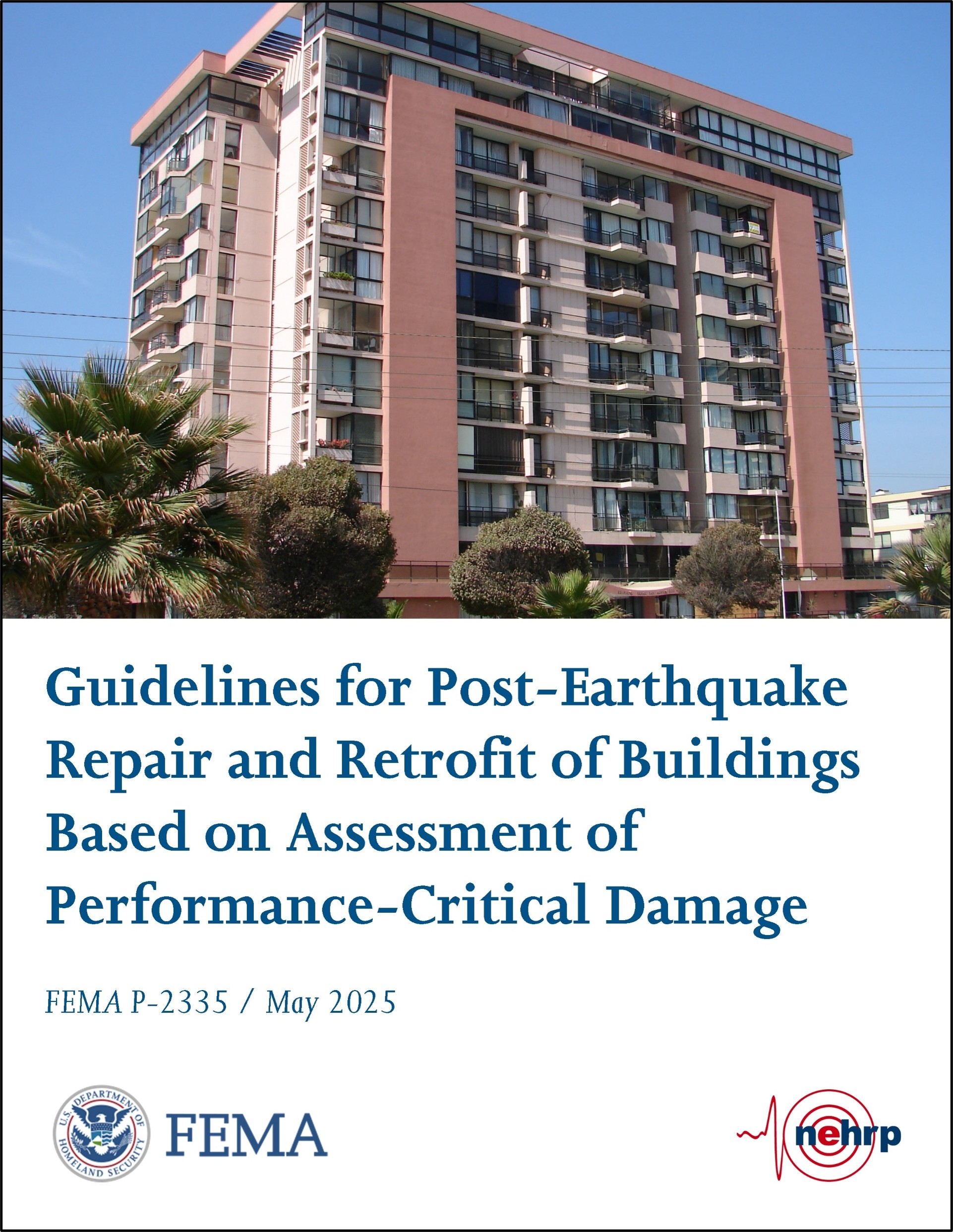ATC Privacy Policies
1. Introduction
Welcome to Applied Technology Council. This Privacy Policy explains how we collect, use, disclose, and safeguard your information when you visit our website (www.atcouncil.org).
2. Information We Collect
We may collect the following types of personal information:
-
Name, email address, phone number
-
IP address, browser type, device information
-
Usage data (pages visited, time spent, etc.)
3. How We Use Your Information
We use your information to:
-
Provide and maintain our services
-
Improve user experience
-
Send updates, newsletters, or promotional materials
-
Comply with legal obligations
4. Sharing Your Information
We do not sell your personal data. We may share it with:
-
Service providers who help us operate our website
-
Legal authorities if required by law
-
Business partners only with your consent
No mobile opt-in data will be shared with third parties or affiliate.
5. Cookies and Tracking Technologies
We use cookies and similar technologies to enhance your experience. You can manage cookie preferences through your browser settings.
6. Data Security
We implement appropriate technical and organizational measures to protect your data from unauthorized access, disclosure, or destruction.
7. Your Rights
Depending on your location, you may have rights to:
-
Access, correct, or delete your personal data
-
Object to or restrict processing
-
Withdraw consent at any time
8. Third-Party Links
Our website may contain links to third-party sites. We are not responsible for their privacy practices.
9. Changes to This Policy
We may update this Privacy Policy from time to time. Changes will be posted on this page with an updated revision date.
10. Contact Us
If you have any questions, please contact us.




 Michael Valley
Michael Valley